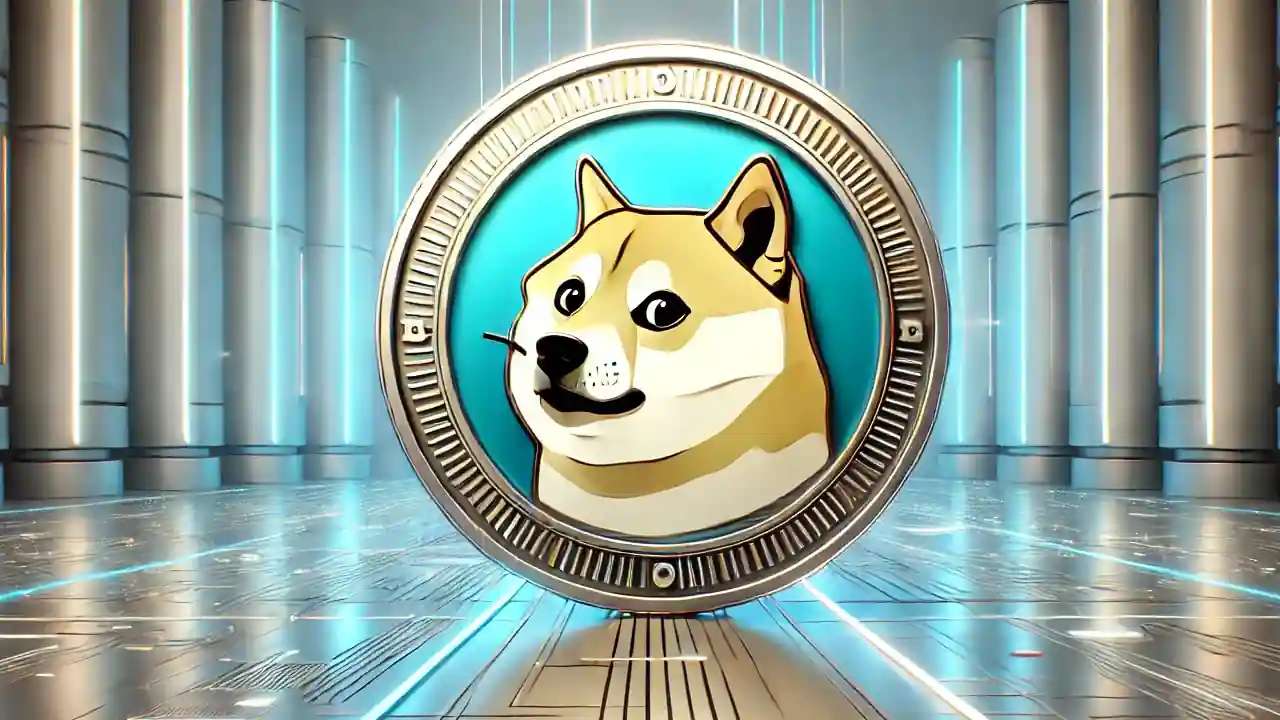Dogecoin has captured the attention of both cryptocurrency enthusiasts and the general public alike. What started as a lighthearted meme has evolved into a digital currency with a dedicated community and real-world applications.

Introduction to Dogecoin
Origin and Background
Dogecoin was created in December 2013 by software engineers Billy Markus and Jackson Palmer. Initially intended as a joke, it features the Shiba Inu dog from the “Doge” meme as its logo. The creators wanted to develop a cryptocurrency that was fun and approachable, differentiating it from the serious and complex nature of Bitcoin.
Popularity and Community
Despite its humorous origins, Dogecoin quickly gained traction. Its friendly image and low entry barrier attracted a supportive community that uses the currency for tipping, charity, and microtransactions. Social media platforms played a significant role in its rise, with users promoting and sharing Dogecoin-related content.
The Basics of Dogecoin
Blockchain Technology
At its core, Dogecoin operates on blockchain technology—a decentralized ledger that records all transactions across a network of computers. Each block contains a set of transactions and is linked to the previous block, forming a chain. This structure ensures transparency and security, as altering a single block would require consensus from the entire network.
Differences from Bitcoin
While Dogecoin shares similarities with Bitcoin, such as using a proof-of-work system, there are key differences:
- Algorithm: Dogecoin uses the Scrypt hashing algorithm, whereas Bitcoin uses SHA-256.
- Supply: Bitcoin has a capped supply of 21 million coins, while Dogecoin has no maximum limit.
- Block Time: Dogecoin has a 1-minute block time, compared to Bitcoin’s 10 minutes.
These differences impact factors like mining difficulty, transaction speed, and inflation.
Technical Aspects
Proof-of-Work Consensus Algorithm
Dogecoin relies on a proof-of-work (PoW) consensus mechanism. Miners solve complex mathematical problems to validate transactions and add new blocks to the blockchain. This process secures the network by making it computationally expensive to manipulate.
Scrypt Algorithm
Dogecoin uses the Scrypt hashing algorithm, which is less resource-intensive than Bitcoin’s SHA-256. Scrypt allows for faster mining and reduces the advantage of specialized mining equipment (ASICs). This makes mining more accessible to individuals using standard hardware.
Block Time and Reward
- Block Time: Approximately 1 minute per block, enabling faster transaction confirmations.
- Block Reward: Initially, the reward was randomized, but it became a fixed reward of 10,000 Dogecoins per block in 2014.
Infinite Supply and Inflationary Model
Unlike Bitcoin’s deflationary model, Dogecoin has an infinite supply. This design introduces a controlled inflation rate, encouraging spending rather than hoarding. The annual inflation rate decreases over time as the fixed block reward becomes a smaller percentage of the total supply.
Transaction Process
Making Transactions
Transactions involve sending Dogecoins from one wallet address to another. Each transaction is broadcasted to the network, verified by miners, and included in a block. Once confirmed, the transaction becomes part of the permanent blockchain record.
Mining Dogecoin
Miners validate transactions and secure the network. They compete to solve mathematical puzzles, and the first to find the correct solution adds the new block to the blockchain and receives the block reward.
Wallets and Addresses
Users store Dogecoins in digital wallets, which come in various forms:
- Software Wallets: Applications installed on a computer or smartphone.
- Hardware Wallets: Physical devices that store private keys offline.
- Online Wallets: Web-based services accessible from any device.
Each wallet has a unique address used for sending and receiving Dogecoins.
Security and Decentralization
Network Security
The security of Dogecoin’s network depends on its hash rate—the total computational power dedicated to mining. A higher hash rate makes the network more secure against attacks.
Mining Pools and Merged Mining
- Mining Pools: Groups of miners combine their resources to increase their chances of earning rewards.
- Merged Mining: Dogecoin supports merged mining with Litecoin, allowing miners to mine both cryptocurrencies simultaneously without additional effort.
Use Cases of Dogecoin
Tipping and Microtransactions
Dogecoin’s low value per coin and low transaction fees make it ideal for tipping content creators and making small payments. Users on platforms like Reddit and Twitter often tip others as a gesture of appreciation.
Charitable Causes
The Dogecoin community has a history of supporting charitable initiatives, such as:
- Funding clean water projects.
- Sponsoring athletes and teams.
- Donating to disaster relief efforts.
Payments and Merchant Adoption
An increasing number of merchants accept Dogecoin as payment for goods and services. Its fast transaction times and supportive community contribute to its growing adoption.
Challenges and Criticisms
Inflationary Concerns
The infinite supply model leads to ongoing inflation, which can affect the value of Dogecoin over time. Critics argue that this makes it less suitable as a store of value compared to deflationary cryptocurrencies like Bitcoin.
Market Volatility
Dogecoin’s price is highly volatile, influenced by social media trends, celebrity endorsements, and market speculation. This volatility poses risks for investors and merchants.
Security Issues
A lower hash rate compared to more prominent cryptocurrencies can make Dogecoin more susceptible to security threats like 51% attacks, where a single entity controls the majority of the network’s mining power.
Conclusion
Dogecoin operates as a decentralized, peer-to-peer digital currency built on blockchain technology. Its unique features, such as the Scrypt algorithm and infinite supply, set it apart from other cryptocurrencies. While it faces challenges related to inflation and market volatility, its active community and real-world use cases continue to drive its relevance in the crypto space.